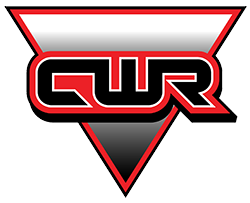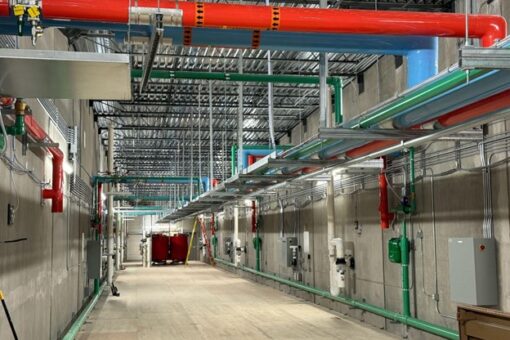Tailored Cold Storage Solutions for Washington Apples and Pears
Apples and pears are major crops grown in Washington State. In fact, Washington is the leading producer of apples in the U.S. and a top producer of pears as well. Consider that Washington grows roughly 10 to 12 billion apples each year, representing about 60% of the total apples grown in the U.S.. The state also contributes 50% of the national supply of pears. The biggest regions for apples and pears include Wenatchee, Columbia Basin, and Yakima, which is home to Central Washington Refrigeration.
Central Washington Refrigeration designs and maintains cold storage systems that help packers, growers, and distributors protect their harvest investment and deliver crisp, flavorful fruit to markets around the world. Here is more information on how cold storage preserves the quality of apples and pears and what to consider when optimizing your systems.
Why Cold Storage Matters After Harvest
Apples and pears are living products that continue to respire and ripen even after they’ve been picked. Without intervention, the natural process accelerates ethylene buildup, moisture loss, softened flesh, and an increase in decay organisms. Fortunately, cold storage slows this process down, extending freshness, suppressing ethylene production, and preventing microbial growth. The result? Apples and pears that taste better, travel farther, and meet quality expectations.
Ideal Conditions for Apples and Pears
Each variety of apples—Honeycrisp, Gala, Fuji, Red Delicious, Granny Smith, and Cosmic Crisp—has its own storage requirements. However, most apples do well in low oxygen environments with temperatures between 30-32 degrees Fahrenheit and relative humidity at 90-95%.
Pears, such as Bartlett, Bosc, and Anjou, do well in the same conditions as apples. Bartlett pears, in particular, benefit from rapid cooling after harvest and controlled ripening during storage. Maintaining consistency is key. Even small fluctuations can lead to shriveling, internal browning, or texture loss.
Key Components of a Post-Harvest Cold Storage System
To get the most out of your fruit cold storage, your system should include:
High-efficiency refrigeration units that maintain precise temperatures
Humidity control systems to reduce dehydration and weight loss
Smart monitoring and alarm systems for 24/7 oversight
Insulated, sealed storage rooms to preserve climate stability
Controlled Atmosphere (CA) technology to further extend shelf life
Central Washington Refrigeration specializes in scalable systems designed to meet the needs of large-volume fruit operations.
Maintenance = Performance
Even the best cold storage setup requires routine maintenance to perform at its best during peak storage seasons. This includes checking temperature calibration, inspecting door seals and insulation, cleaning coils and fans, and testing backup systems and alarms. Central Washington Refrigeration offers preventive maintenance programs to keep your system reliable, energy-efficient, and ready for the demands of harvest season.
Freshness That Travels
Cold storage doesn’t just protect fruit at home—it enables global distribution. Whether your apples are headed to grocery shelves across the country or pears are being exported overseas, post-harvest cold storage ensures your product arrives with the same crispness and flavor it had in the orchard.
Smart Storage for Apples and Pears Starts Here
Your fruit’s quality doesn’t just depend on how it’s grown, it depends on how it’s stored. Post-harvest cold storage is the key to locking in freshness and flavor, maintaining market value, and meeting consumer expectations.
Looking to optimize your cold storage system for the upcoming harvest? Central Washington Refrigeration is here to help. We design and maintain custom solutions for Washington’s leading apple and pear growers. Contact us today at 509-248-4600 to learn more about post-harvest refrigeration systems built for your operation.



